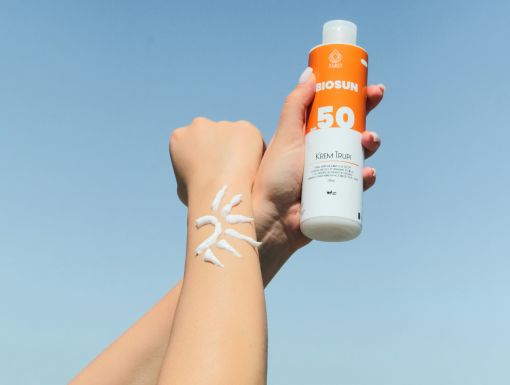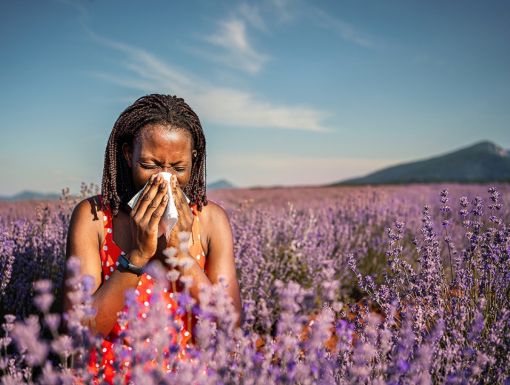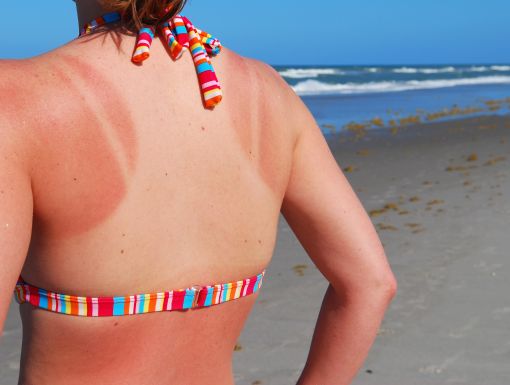
Fast Facts About Sun Protection
As the state’s motto of “Sportsman’s Paradise” suggests, Louisiana residents love to spend their free time outdoors. From attending festivals to fishing, crabbing and kayaking, we love to take advantage of beautiful weather as often as we can. While spending time in the sunshine and fresh air can be good for your health, it’s important to take a couple of precautions before heading out for a day in the sun.
Up to one in five Americans will develop skin cancer over the course of their lifetime, and more people are diagnosed with skin cancer each year than all other cancers combined. It can affect any area of the body but is particularly common in sun-exposed locations, such as the face, ears and hands.
Consider that:
- Melanoma is responsible for most deaths related to skin cancer, and having as few as five sunburns in your lifetime doubles your risk of melanoma.
- A “base tan” does not protect you from sunburn or sun damage but actually increases your risk of skin cancer.
- Eyes are susceptible to the damaging effects of the sun, and cataracts can be caused by sun exposure.
Protect Your Skin
Three of the most common mistakes made when using sunscreen are not applying enough, not re-applying over the course of sun exposure and forgetting to apply to sensitive areas like the lips or ears. Living in Louisiana, I know that staying protected from the sun can sometimes seem like a task, particularly during the spring and summer. But when I'm preparing for a long day outside, these are the things I keep in mind:
- When choosing a sunscreen, make sure to pick one that offers broad-spectrum (UVA and UVB) protection, is SPF 30 or greater and is water-resistant.
- Make sure to apply to all sun-exposed areas. Don’t forget commonly missed areas such as the lips and ears, as well as the neck and feet. Lip balms are widely available that include SPF 30 coverage.
- Make sure to apply 15 to 30 minutes prior to sun exposure and then reapply at least every 2 hours you spend outdoors. Water-resistant formulations generally extend the effectiveness of sunscreen; however, do reapply after activities with excess moisture such as swimming or exercise with heavy sweating.
- Use physical barriers like sun-protective clothing and wide-brim hats.
- Wear sunglasses with both UVA and UVB protection.
- The sun’s rays are strongest between 10 a.m. and 4 p.m. If you plan to spend a full day outdoors, try and seek time in the shade during these hours.
If you are spending your time on the water, remember that clouds and water do not protect against the sun’s rays. Clouds only block up to 20% of UV rays, and UV exposure can be increased when reflected off snow, sand or water. Long-sleeved fishing shirts, rash guards and pants are all great options for those long, sun-filled days on the beach or in the boat!
Fortunately, there is now a wide variety of different sunscreen creams and sprays available so that all of us can find something that fits our individual needs. Once you are in the habit of applying and reapplying sunscreen, these steps will come naturally. Trust me when I say that your skin will thank you - not only in the short term for preventing sunburns, but also down the road for defending against skin cancer.
Health Management Tools and 24/7 Direct Access to a Personal Physician. Learn more about Concierge Health and meet our team.



